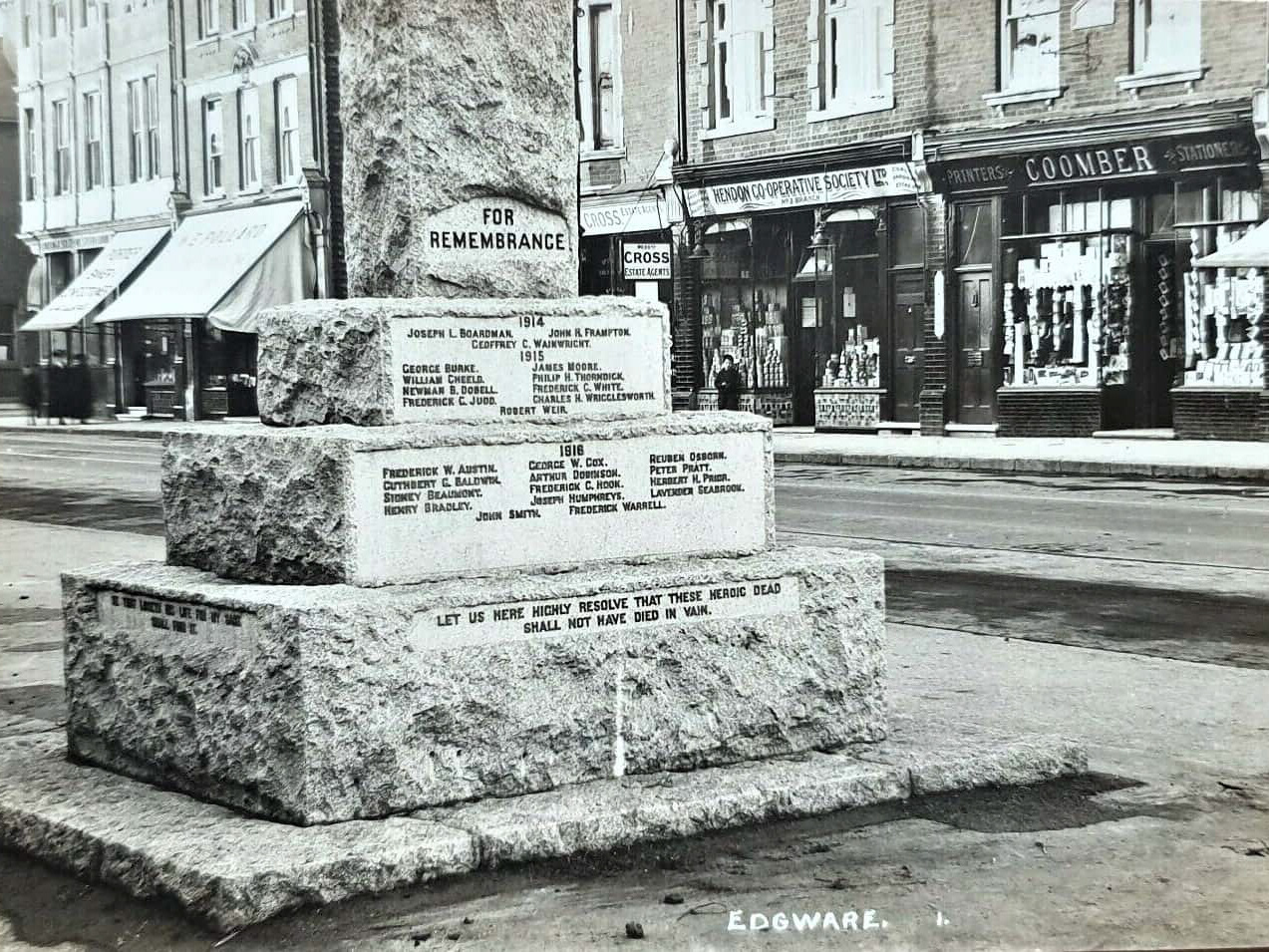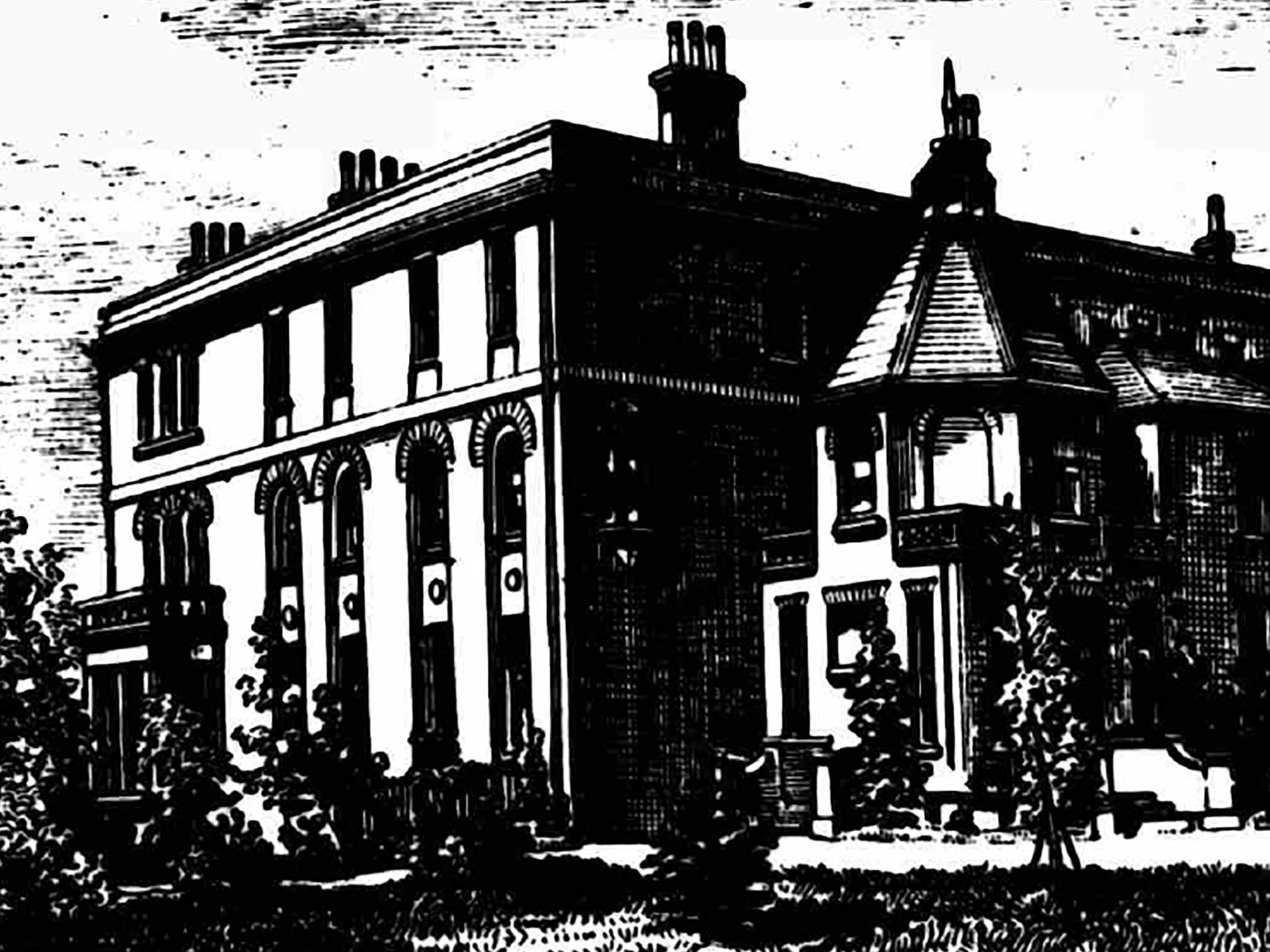'Nurse Storey', Samuel Fielden Ward, Great Portland Street 1905 / by Frank Ruck / Courtesy RNOH

Musician Paul Gregory has a rare genetic condition known as SpondyloEpiphyseal Displaysia, and has been under the expert care of Professor Richard Keen (Director of the Metabolic Bone Disease Centre) for many years.

Keith Reeve was first an RNOH patient in 1968, and since 2016 has been a part time employee. He commenced volunteering for their hospital Radio Brockley in 1977, joining shortly after his last period as a patient at the hospital, and has been actively involved in the multi-award winning station ever since. In 2016 he was awarded the Hospital Broadcasting Associations “John Whitney Award” for his outstanding contribution to UK hospital radio. He also presents a show on Potters Bar Community Radio.

Iva Hauptmannova has worked in different roles within clinical research support for over 17 years, and has supported various developments of national research strategies. She has extensive experience in supporting wide range of clinical research aspects and has worked at the Royal National Orthopaedic Hospital for over 10 years. She is currently the Head of Research & Innovation Centre at the Royal National Orthopaedic Hospital NHS Trust in Stanmore, with an interest in helping to preserve the history of the hospital.
'Adventures in a London Hospital' by Frank Ruck / Courtesy RNOH
Frank Ruck's map of Samuel Fielden Ward, 1905 / Courtesy RNOH
Samuel Fielden Ward, Great Portland Street 1905 / by Frank Ruck / Courtesy RNOH
Detail from Samuel Fielden Ward, Great Portland Street 1905 / by Frank Ruck / Courtesy RNOH
Detail from Samuel Fielding Ward, Great Portland Street 1905 / by Frank Ruck / Courtesy RNOH
Detail from 'Nurse Storey', Samuel Fielden Ward, Great Portland Street 1905 / by Frank Ruck / Courtesy RNOH
Detail from 'Nurse Storey', Samuel Fielden Ward, Great Portland Street 1905 / by Frank Ruck / Courtesy RNOH
Cot 9, Samuel Fielden Ward, Great Portland Street 1905 / by Frank Ruck / Courtesy RNOH
Detail from Samuel Fielden Ward, Great Portland Street 1905 / by Frank Ruck / Courtesy RNOH
Andrea della Robbia, Infant in Swaddling Clothes, 1487, glazed terracotta, diameter about 100 cm, Ospedale degli Innocenti, Florence (photo: Rachel Boyd)
Logo on front gate at RNOH Stanmore / Courtesy Derek Sayers
Great Portland Street operating Theatre c. early 1900s / courtesy Derek Sayers




